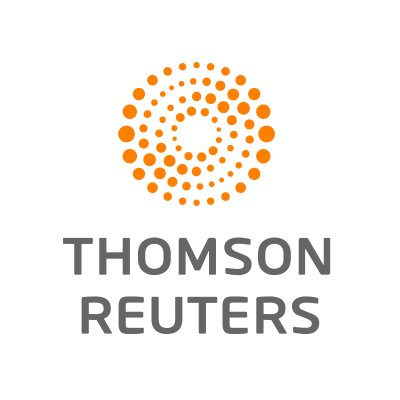With significant changes, Thomson Reuters wants to be closer to its customers

Thomson Reuters has been through a lot over the past year.
After releasing a new AI-enabled research product in July, the company announced it would lay off 3,200 people by 2020, simplified its internal structure, pulled out of major trade shows and sold a majority stake in its Financial & Risk unit and the entirety of alternative legal service company Pangea3.
The company says all these changes will bring them closer to customers. Outside observers see a company focusing its offering while finding ways to remain competitive.
Thomson Reuters’ year of evolution kicked off on with the release of Westlaw Edge, an updated, artificial intelligence-assisted legal research platform.
This was the first wholesale remodel of Westlaw since the launch of Westlaw Next in 2010. During a media event last year, Andy Martens, global head of product and editorial, made the argument that enhanced research capabilities will improve attorney efficiency, which will increase a firm’s value to its clients.
At the same time, the company was divesting the majority share of its Financial & Risk unit to private equity firm Blackstone Group. Thomson Reuters kept 45 percent.
The unit was about half of Thomson Reuters’ total business, says Brian Peccarelli, chief operating officer for customer markets at the company. And the divestiture process “led to us reorganizing ourselves around customers and becoming customer-centric.”
According to Thomson Reuters’s 2018 Annual Report, published in March of this year, the company has three main customer verticals: legal professionals, which includes firms and governments; corporates, which includes in-house legal departments; and tax professionals. While having other divisions, like news, the company makes 80 percent of its revenue from their three main customer verticals.
Within legal professionals there are three breakouts: global, midsized and small firms. While declining to share specifics, each of these constituencies seeks a different product and a different way to engage with the company, according to Peccarelli.
Getting closer to the customer included an internal “de-layering,” which meant cutting staff by 3,200 in December. He says that in some cases there were 12 layers of staff between the executive level and a staff level. Now, there’s no more than six layers.
This, he believes, will open up Thomson Reuters to capture more of the middle and smaller firm markets, segments the company has traditionally struggled with, in part due to the cost of its services. Some of the company’s competitors explicitly advertise as a lower-cost alternative, according to the annual report.
Four months into this reorganization, he says it’s too early to know the impact.
With fewer staff and an increased focus on customers, the company pulled its booths from hallmark trade shows like the ABA’s Techshow—the company did sponsor smaller learning events—and LegalTech. The move confused some industry watchers.
“The bottom line of customer service is you need to have staff to serve the customers,” says Robert Ambrogi, lawyer and legal industry commentator who runs LawSites. “That’s the concern I’m hearing a lot in the industry, is that with these staff reductions, will Thomson Reuters still be able to live up to its promise of delivering better customer service if there aren’t the people there to do that?”
Ambrogi reasons that the company may be able to better connect with the midsized and small legal market through state bar events, for example.
Beyond the layoffs, the culling at the company included the recent sale of Pangea3, a legal managed services business that cost the company between $35 million and $40 million in 2010. Sold to the Big Four accounting firm Ernst & Young for an undisclosed sum in April, the sale off-boarded another 1,000 legal professionals, according to a press release.
Collectively, the changes should not be seen as a pullback, says Jose Lazares, vice president of product management at Intapp, a professional services company. He says it shows that the company is “focusing on the practice of law side of the equation versus the business of law.”
Ambrogi acknowledges it’s difficult for an outsider to know entirely what’s going on at the company. Even with the slew of changes, he believes the company is now nimbler, allowing itself to be more competitive against online startups while maintaining its strength in the market.
“I think they will continue to drive the agenda in legal tech for the time to come,” he says.



